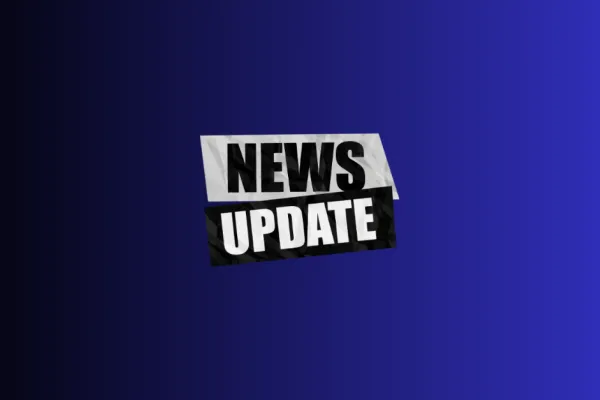Digital communications technology helps homeowners reduce energy use

The Department of Energy awarded $620 million in economic stimulus grants for Smart Grid projects, some of which use digital technology to help residents track their homes' energy use.
Out of the total award, $435 million will be used to add two-way meters, sensors on transmission lines, and in-home energy displays to help homeowners better understand their level of energy consumption.
"The traditional way of doing our business has always been you send the energy out, the consumer uses it, and at the end of the month, we read the meter to figure how much they used," explained Ken DeFontes, CEO of Baltimore Gas and Electric, another grant recipient. "Contrast that with, when you go into a store to buy groceries, you know exactly how much that bag of apples is going to cost when you get to the cash register."
"Suppose you knew about energy that way," he added, "don't you think it would make people more aware of how much they were using?"
The answer to his question, according to an analysis by the Electronic Power Research Institute, is a resounding affirmative: Smart Grid technology could reduce total energy use by 4 percent by 2030, a savings of $20.4 billion.
Secretary of Energy Steven Chu announced the grants at an event in Ohio.
DOE smart-grid trials fund utility-scale energy storage (GreenTech)
Broadband Brigade members turn out to protect good, union jobs and reliable broadband service
CWA condemns Trump NTIA changes to BEAD funding policies

